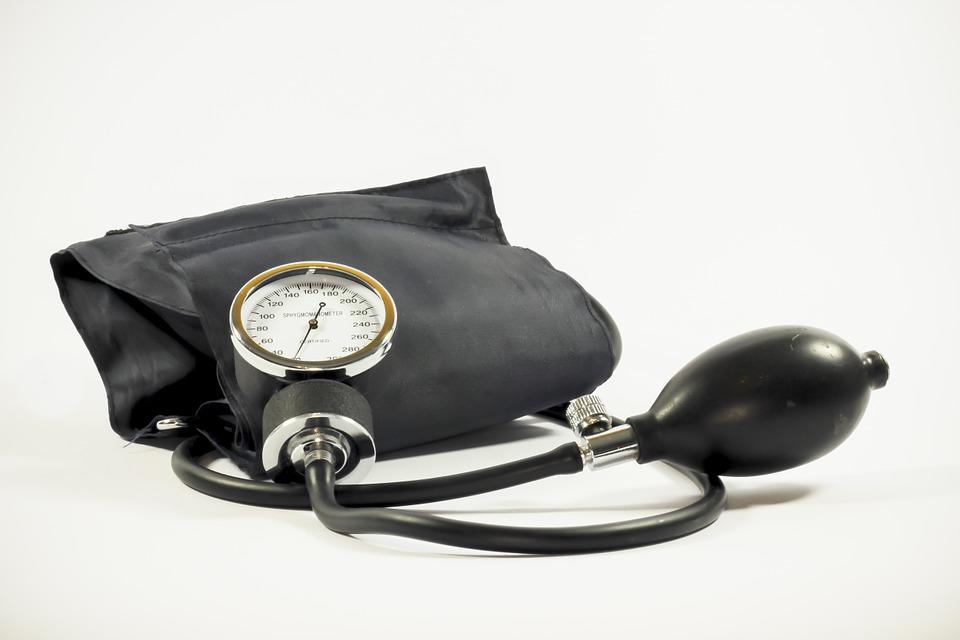What is ultrasound? If you have never heard of the term, a safe guess would be that it is the sound that is “superior” to normal sound, and you wouldn’t be that far off. Ultrasound refers to the sound waves with a particular range of frequency categorized as ultrasonic. It is often used in medicine to create images that are useful for diagnosing certain diseases. One of the most commonly produced images by ultrasound technology is the sonogram of a baby. Ultrasound is described as a noninvasive technique, requiring no needles, and has no pain associated with it. In fact, there are no known negative side effects associated with using diagnostic ultrasound. But is ultrasound usage limited to diagnostic purposes? It was recently discovered that ultrasound could potentially treat Alzheimer’s, and fortunately, its therapeutic capabilities don’t stop there.
Image source: John Fedele
A normal resting heart rate can range from about 40 to 100 beats per minute. People who experience irregular beating of the heart are at risk of severe health issues. Previous studies have shown that ultrasound could be used to stimulate contractions in cells. Since a heartbeat occurs through the contraction of cells in the heart, the results of those studies suggest that ultrasound could be used to maintain heart rate. In this particular study, researchers have shown that ultrasound can indeed be used to do just that. The researchers aimed to find the range of intensity and pulse of ultrasound that could affect the rate at which heart cells beat. To do this, researchers used an ultrasound probe to send ultrasonic waves to rat heart cells. They found that the most effective combination to increase heart rate was an intensity of 0.02 W/cm2 and a pulse of one millisecond given every 300 milliseconds.
Current technology uses invasive and risky techniques to treat an irregular heart rate. However, the results of this study suggest that a more appealing alternative method for maintaining heart rate may be possible. By using ultrasonic waves to maintain or restore heart rate, the need for risky treatment procedures, such as surgery, could be avoided completely.
Feature Image Source: frolicsomepl










